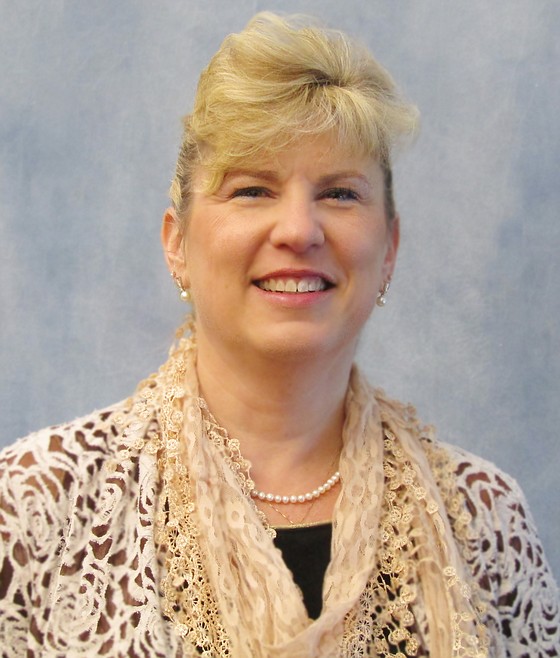Preparation is key
Community Development Director Bob Seale grew up in Post Falls. He remembers riding his bike in open fields and driving on dirt roads. Now a key player in planning city growth, Seale said considerable attention is paid to what direction Post Falls will go...
Become a Subscriber!
You have read all of your free articles this month. Select a plan below to start your subscription today.
Already a subscriber? Login



